Related Research Articles

A boarding school is a school where pupils live within premises while being given formal instruction. The word "boarding" is used in the sense of "room and board", i.e. lodging and meals. As they have existed for many centuries, and now extend across many countries, their functioning, codes of conduct and ethos vary greatly. Children in boarding schools study and live during the school year with their fellow students and possibly teachers or administrators. Some boarding schools also have day students who attend the institution during the day and return home in the evenings.
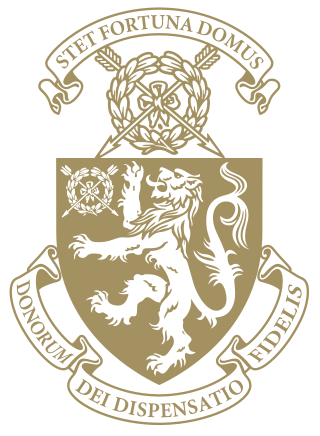
Harrow School is a public school in Harrow on the Hill, Greater London, England. The school was founded in 1572 by John Lyon, a local landowner and farmer, under a royal charter of Queen Elizabeth I.
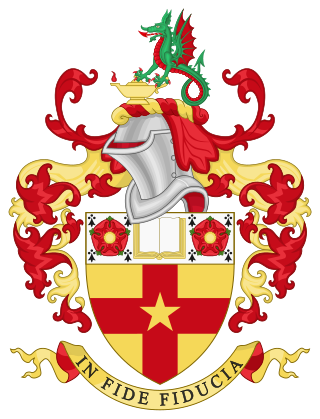
The Leys School is a co-educational private school in Cambridge, England. It is a boarding and day school for about 574 pupils between the ages of eleven and eighteen, and the head is a member of the Headmasters' and Headmistresses' Conference.

Millfield is a public school located in Street, Somerset, England. It was founded in 1935.

Dauntsey's School is a public school for pupils aged 11–18 in the village of West Lavington, Wiltshire, England. The school was founded in 1542 in accordance with the will of William Dauntesey, a master of the Worshipful Company of Mercers.

Bloxham School, also called All Saints' School, is a private co-educational day and boarding school of the British public school tradition, located in the village of Bloxham, three miles (5 km) from the town of Banbury in Oxfordshire, England. The present school was founded in 1860 by Philip Reginald Egerton and has since become a member of the Woodard Corporation. The current headmaster is Paul Sanderson, who took over from Mark Allbrook in 2013. The school has approximately 515 pupils.
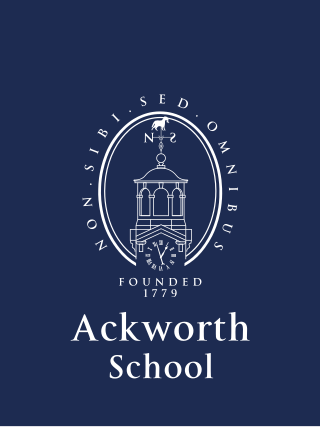
Ackworth School is a private day and boarding school located in the village of High Ackworth, near Pontefract, West Yorkshire, England. It is one of seven Quaker schools in England. The school is a member of the Headmasters' and Headmistresses' Conference and SHMIS. The Head is Martyn Beer, who took over in April 2024. The Senior Deputy Head is Nancy Newlands-Melvin.

St Joseph's Boys' High School is a private Catholic primary and senior secondary school located on Museum Road in Bangalore, Karnataka, India. Founded by the MEP in 1858, the school caters to boys only from kindergarten to Grade 10 and is co-educational in Grades 11 and 12.

New England Girls' School (NEGS) is an independent Anglican school. Located in Armidale, Northern NSW, NEGS provides an educational experience for both boys and girls in Junior School and a tailored learning environment for young women in Senior School, with boarding houses to facilitate the educational needs of students located outside of Armidale.
The New Beacon Preparatory School is an independent all-boys preparatory school, located at Sevenoaks in the English county of Kent. It admits both day students and boarders aged between 4 and 13. The school also now offers a co-educational nursery for children 3 years of age and over. The school was founded in 1863, and has been on the current site since 1900. It had 62 students in 1913, and had grown to 400 students by 2008.
St Martin's Ampleforth (SMA) was a private school and the preparatory school for Ampleforth College, which closed in July 2020. Until 2018 it was at Gilling Castle, North Yorkshire, England, on the southern side of a valley opposite the College on the northern side, in the Roman Catholic Diocese of Middlesbrough.
Cothill House is a day and boarding boys' independent school for preparatory pupils in Cothill, Oxfordshire, which houses around 220 boys from the ages 8–13.

St Joseph's College is a co-educational private school for day and boarding pupils between the ages of 2 and 19 in Ipswich, Suffolk, England. With usually 550-600 pupils on the roll, the College is located in South West Ipswich, surrounded by a 60-acre campus, which includes administrative offices in the Georgian Birkfield House, a nursery and Prep School, the College Chapel, and teaching and sports facilities. Also in the grounds are the College's two boarding houses, Goldrood and The Mews.
Old Swinford Hospital is a secondary boarding school in Oldswinford, Stourbridge, West Midlands, England that has been in continuous operation since the 17th century. It is one of 36 state boarding schools in England, meaning school fees are funded by the LEA and pupils only pay boarding fees. Girls are admitted into the sixth form as day pupils. Girls will be admitted from year 7 onwards in 2021.
The Kensington Proprietary Grammar School, colloquially referred to as the Kensington School, was an educational establishment founded in 1830 that is perhaps best remembered for being one of the founders of the Football Association in 1863.

Nantwich Grammar School, later known as Nantwich and Acton Grammar School, is a former grammar school for girls and boys in Nantwich, Cheshire, England. It now forms part of the mixed comprehensive school, Malbank School and Sixth Form College.
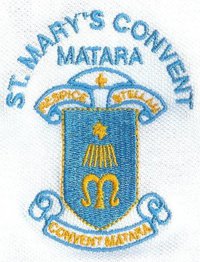
St. Mary’s School is located in Matara, Sri Lanka. This traditional institution stands for its history, academic excellence and education. Established in the early 20th century by the Sisters of Charity of Jesus and Mary, the school has played an important role in shaping the educational values in the city.

Reading Abbey Girls' School, also known as Reading Ladies’ Boarding School, was an educational establishment in Reading, Berkshire open from at least 1755 until 1794. Many of its pupils went on to make a mark on English culture and society, particularly as writers. Most famous is Jane Austen, who used the school as a model of "a real, honest, old-fashioned Boarding-school".

Duke of Kent School is a coeducational, independent school for pupils aged 3–16 in Ewhurst, Surrey, England. It was formed in 1976 through the merger of Vanbrugh Castle School, Greenwich, and Woolpit School, Ewhurst. Originally a boarding school, it has educated day pupils only since 2014. It is named for Prince Edward, Duke of Kent.
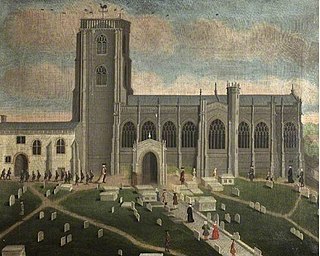
Yeovil Grammar School was a grammar school in Yeovil, Somerset, which was founded or refounded about 1860 and closed in 1906 when its only headmaster, Henry Monk, retired.
References
- ↑ Skedd (1997). Barker, Hannah (ed.). Gender in eighteenth-century England : roles, representations and responsibilities (1. publ. ed.). London: Longman. ISBN 9780582278264.
- ↑ cited in Skedd, footnote 24
- ↑ Reynolds, Thomas (1838). The Life of Thomas Reynolds, Esq: Formerly of Kilkea Castle, in the County of Kildare. Dublin: Milliken and Sons. p. 57 . Retrieved 16 November 2016.
parlour boarder.
- ↑ Siddharthacharry, Venkata (2013). Brāhmanic Vignettes: Diplomat's Nostalgia. Partridge Publishing. p. 29.
- ↑ Faithful, Elizabeth (2003). Anglo-Indians : a life lived through six British monarchs : biography of Dolly Dudman. Delhi: Originals. p. 106. ISBN 8188629006.
- ↑ page 106 above